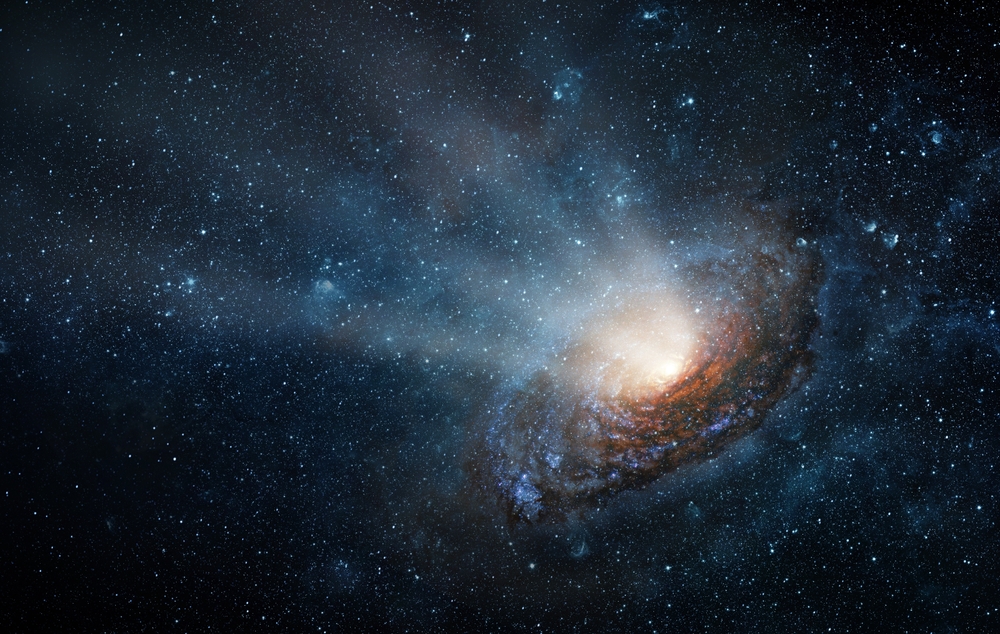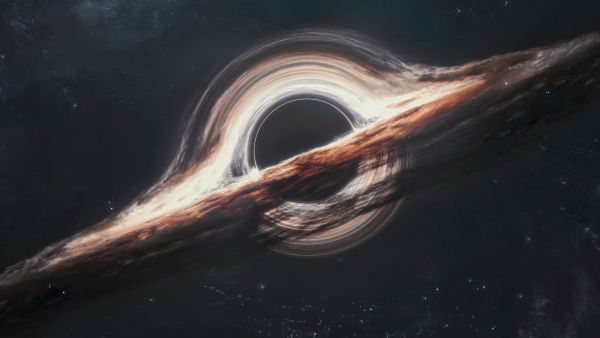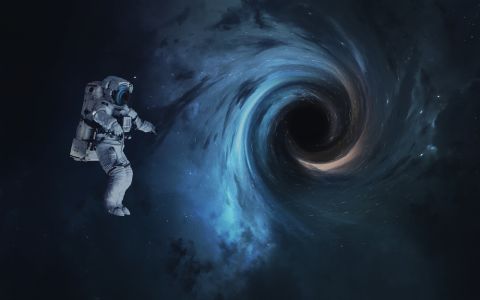ALBAWABA - Astronomers have recently discovered a large, colossal black hole, known as BH3, just 2000 light years away from our planet. This newly discovered object, the most massive stellar black hole in the Milky Way, was spotted in the Aquila constellation, as it's strong gravitational pull on a neighboring star.
Dr. Pasquale Panuzzo, an astronomer from the Observatoire de Paris, expressed his surprise at the discovery, and that it holds significance as the second closest stellar black hole ever be found. These types of black holes are born from the collapse of massive stars at the end of their lifespan.
The find was made possible through data collected by the European Space Agency's Gaia mission, which aims to map the positions of billions of stars.

Shutterstock
Upon analyzing Gaia's observations, researchers noticed a distinctive movement in a star within the Aquila constellation, showing its orbit around a black hole 33 times more massive than the sun.
Further confirmation came from observations made by the European Southern Observatory's Very Large Telescope in Chile, solidifying BH3's mass and its companion star's orbit. While the discovery sheds light on the presence of massive stellar black holes closer to home, it also strengthens the connection between these objects and those detected through gravitational waves in distant galaxies.
With the next batch of Gaia data not expected until 2025, scientists rushed to release details of BH3 to the public. This move allows astronomers worldwide to conduct studies right away, possibly offering more insights into the behavior of matter around black holes as a result.









